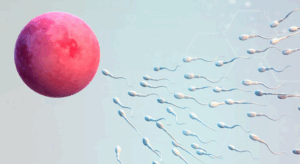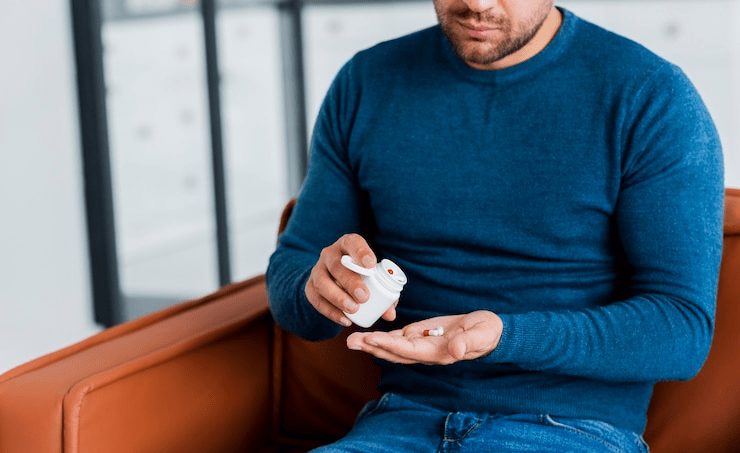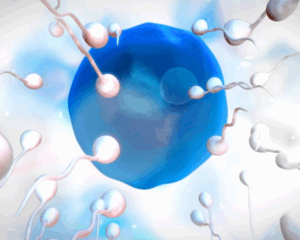
Promising Cure for Azoospermia 2025: Breakthrough Treatments and Hope for Male Fertility
Introduction: A New Era of Hope for Male Infertility The promising cure for azoospermia 2025 is redefining the future of male fertility. As medical science

How do you treat non-obstructive azoospermia in the US? Non-obstructive azoospermia (NOA) is a tough diagnosis for any man trying to start a family. It means your body isn’t producing enough sperm—or any at all—due to hormonal, genetic, or testicular issues. But don’t lose hope! Thanks to modern medicine, many treatment options can help men with NOA become biological fathers.
In this guide, we’ll break down how non-obstructive azoospermia is treated in the US, what it costs, and what you can do to improve your chances.
Non-obstructive azoospermia (NOA) occurs when the testicles fail to produce sperm properly. Unlike obstructive azoospermia, where sperm production is normal but blocked, NOA results from an issue with sperm production itself.
Several factors can lead to NOA, including:
If you’ve been diagnosed with NOA, you’re probably wondering: Can it be treated? The short answer is YES, but success depends on the cause and treatment method.
Before beginning treatment, your doctor will determine why you have NOA. This process usually includes:
Once doctors understand the cause, they can recommend the best treatment for you.
If NOA results from hormonal imbalances, medications like hCG, Clomid, or FSH injections can stimulate sperm production. Patients typically take these for several months before seeing results.
If sperm are absent in semen, doctors can surgically extract them from the testicles using a highly specialized procedure called Micro-TESE. This technique offers the best chance of retrieving sperm in NOA cases.
Once sperm are retrieved, the best way to achieve pregnancy is through IVF with ICSI. This procedure involves injecting a single sperm into an egg in a lab, significantly increasing the chances of fertilization.
If sperm are found, freezing them for future use eliminates the need for multiple surgeries.
Improving overall health can enhance sperm production. Consider the following:
The cost of treating NOA varies based on the treatment method:
Total expenses range from $5,000 to over $30,000, depending on the complexity of the treatment.
Although NOA treatment can be expensive, many men successfully father biological children through Micro-TESE and IVF. The key is early diagnosis, exploring all options, and working with a fertility specialist. If you’re dealing with NOA, don’t give up—science is on your side!
How do you treat non obstructive azoospermia in the US?
Reference: https://pmc.ncbi.nlm.nih.gov/articles/PMC6628476/pdf/12610_2019_Article_91.pdf

Introduction: A New Era of Hope for Male Infertility The promising cure for azoospermia 2025 is redefining the future of male fertility. As medical science

Introduction: A New Hope in Male Infertility Treatment Male infertility has long been a sensitive and challenging issue for millions of men globally. As fertility
Prolistem, a patented formula, has not been evaluated by the Food and Drug Administration. This product is not intended to diagnose, treat, cure, or prevent any disease.
PROLISTEM® is a Patented Formula
Copyright © 2025 Prolistem®